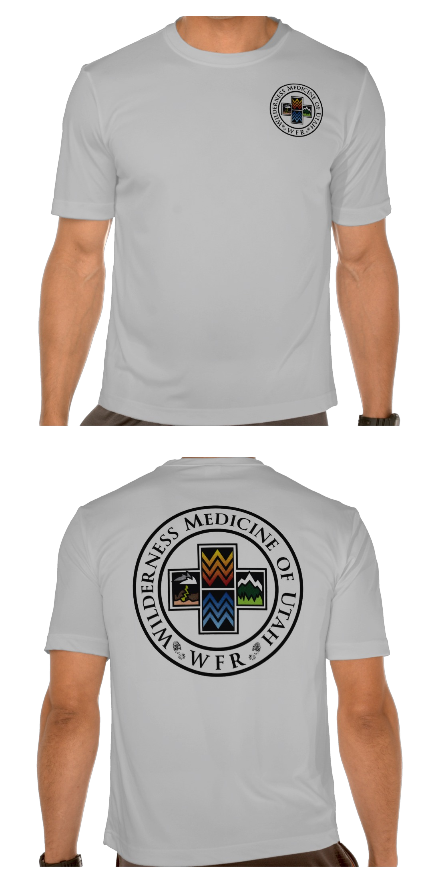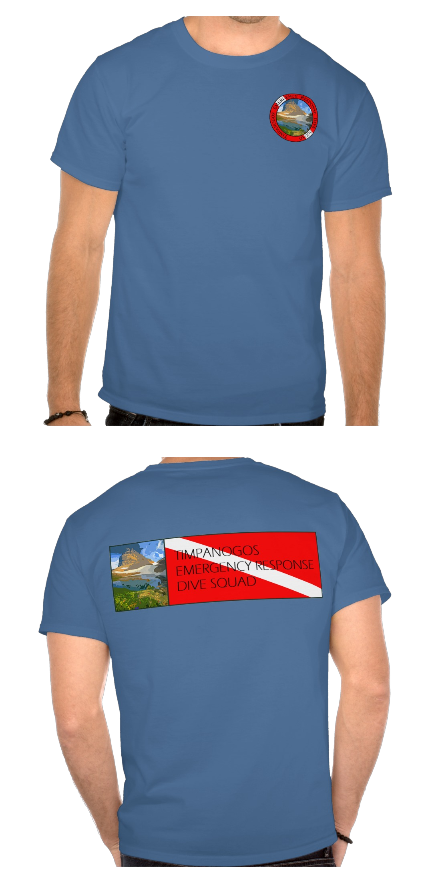None Shall Pass
Well, Maybe Some
The “Hiking Mount Timpanogos Safely” web page has a perfectly good map of Timp, well suited for 99% of the hikers on Timp. The webmaster also has a different version of the map, which has some Timpanogos Emergency Response Team-specific information. That map is online so the webmaster can access it from anywhere. However, since some of the information on that map is of primary interest to TERT only, the map is password protected. If you’re a TERT member and are curious about that map, you can probably figure out the username and password to access it. The username is the VolunteerSpot username of our Glorious Leader (hint: starts with “G” and is not four letters long), and the password is something that really shouldn’t be hurled down the mountain (hint: starts with “L” and there is video of this event).
Click right here for the map.
This map is also used by the Timpanogos Emergency Response Dive Squad.
Note to any TERT people who look at this map: it isn’t perfect, but it works for the webmaster (hereinafter “I” or “Glorious Tyro”). I am but a newbie to TERT, having applied in mid-2013 and done a couple of high camps for the first time that year (one to try it out, with the team leader assigning me to medical, and a second at another team leader’s request, doing the same thing, thanks for the opportunity, but not for a storm the newspaper called “apocalyptic”). Then in 2014 I obtained amateur radio licensure (KG7JZJ), attended both TERT trainings, paid dues, bought the requisite Tilley hat, provided some unsolicited free legal advice to the team to correct some mistaken advice about nonprofits that was circulating, shared the results of some historical research I did locating early sketches and a blueprint and a materials list for the shelter, did high camp duty twice (once as communications and medical, and once as medical) and trailhead duty at Aspen Grove once, earned the Mount Timpanogos Wilderness LNT pin, engaged in some medical refresher training and self-training (including going to SAR burn training, and reading all 2,304 pages of “Wilderness Medicine”) since it had been many years since I worked as a ground and air EMT, went on a couple of summit day hikes while in radio contact with the team, undertook a GPS mapping hike of other trails while in radio contact with the team, made various trail cleanup hikes, explored the Timpooneke road to its end, studied the Utah War-era Provo Canyon Guard Quarters, completed the creation of the Hiking Mount Timpanogos Safely web page, and attended the TERT social. In 2015 I started the year with a Wilderness First Responder course and an Avy 1 course in part to help prepare for an early season weekend of trailhead duty at Timpooneke (at which we learned of Snowbird’s efforts to further expand into American Fork Canyon, and of its financial influence on AFC Vision) and two early season weekends at high camp (comms and med each time) after getting to the spring trainings and paying dues, did a summit day hike, while at a presentation ceremony for my eldest daughter and I at the Uinta-Wasatch-Cache National Forest headquarters had a talk with the Forest Supervisor about maintaining the Emerald Lake Shelter, and did a late season bomber/bighorn hike. However, in 2016 I joined the Utah County Sheriff Search and Rescue team, which took up much of my free time (it involved making it to several dozen call outs and going to dozens of trainings, for a total of hundreds of hours of time and thousands of miles of driving and a gazillion dollars of equipment expenditures, which put me at the top of the team’s call out and training stats, and with test scores about where I wanted them, but left me somewhat lower on any reasonable ranking of sensible use of time and money); I got to parts of the TERT spring trainings and paid dues, and did get up to high camp to help a bit one weekend when some people who had signed up bailed at the last minute, and that weekend I ended up assisting some women down the Timpooneke side to then be told by a TERT team leader at the Timpooneke trailhead that I’d need to hitchhike back to the Aspen Grove trailhead (I eventually got a ride with two guys who had what looked like satan worshiper symbols on their back window, but they were quite nice). I’ll improve this map as I learn more about the mountain. And when I stop wasting time with little projects like these t-shirt designs I made on Zazzle in 2015 (yes, a couple of these were inspired by TERT’s paper EMTs):*
* Oh, irony! In 2016, TERT announced a preference for EMTs as the default basic type of medical person, and told WFRs to go away (doctors, RNs, and the like would be acceptable, but they seldom sign up for TERT duty). So why would I have (already) poked fun at EMTs, if the TERT powers that be think they’re dandy? Because although paper EMTs do tend to get all excited about their supposed levels of expertise, when you look closely you find that they haven’t actually been to medical school. They’re just glorified first aiders, trained for a specific and limited function on an ambulance. If all they have is their certificate, as opposed to daily experience in a real EMS job, preferably supporting paramedics, then chances are quite high that they aren’t even very good at first aid. They just know enough jargon to convince themselves they’re ready for heroic action. On the mountain, they end up bluffing. What are they likely to have to manage on Timp? Blisters, which aren’t covered by EMT courses. Dirty cuts and abrasions in need of high pressure irrigation, which also isn’t something EMTs know much about, and they sure don’t learn wilderness medicine-specific things like what the research says to do when you’re out of sterile saline. Ankle sprains, again not an ambulance thing so not something the average EMT has ever taped or wrapped. WEMTs should be able to pull all of this off, if they’ve kept up on their skills. So would a medical professional with a wilderness upgrade. And so would a WFR with a good amount of experience, since once you strip out of an EMT class everything that’ll never be used on the mountain (ambulance driving, how to use a gurney, automobile extrication, oxygen equipment, childbirth, etc.) the remaining course hours are about the same in number as a WFR course (although the WFR course goes into wilderness medicine-specific issues like altitude sickness, which many EMTs know nothing about, and dislocation reduction, which urban EMTs don’t do). Perhaps that’s why the outdoor industry standard for backcountry guides is WFR, not EMT (except for ski resorts, which use OEC). At any rate, forgive my cynicism; it’s so badly ingrained it is hard to root out, and it flares right up at inanity like institutionalizing this sort of foolishness on the mountain.




